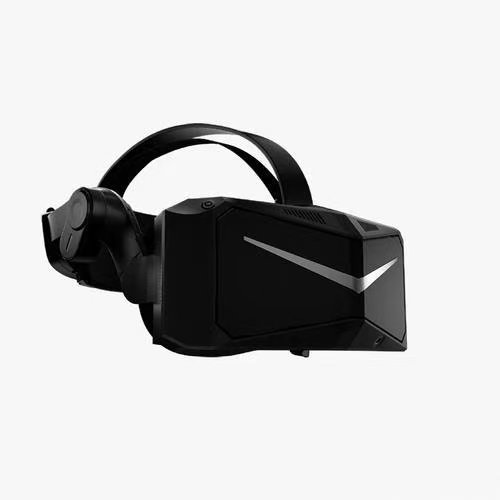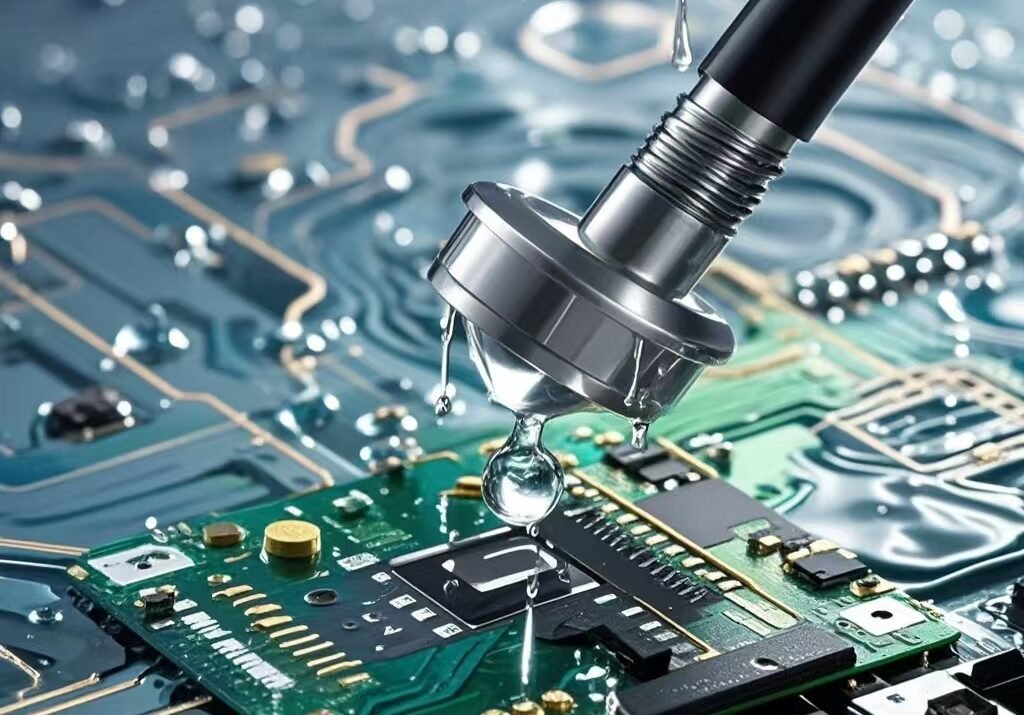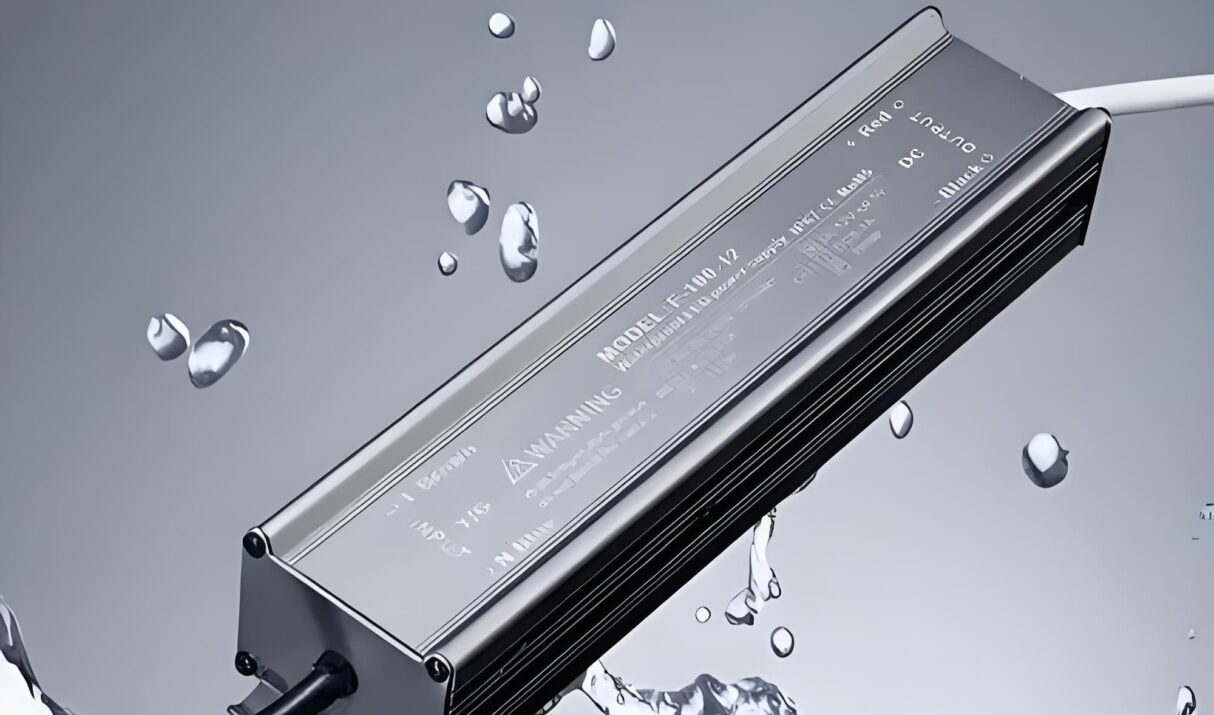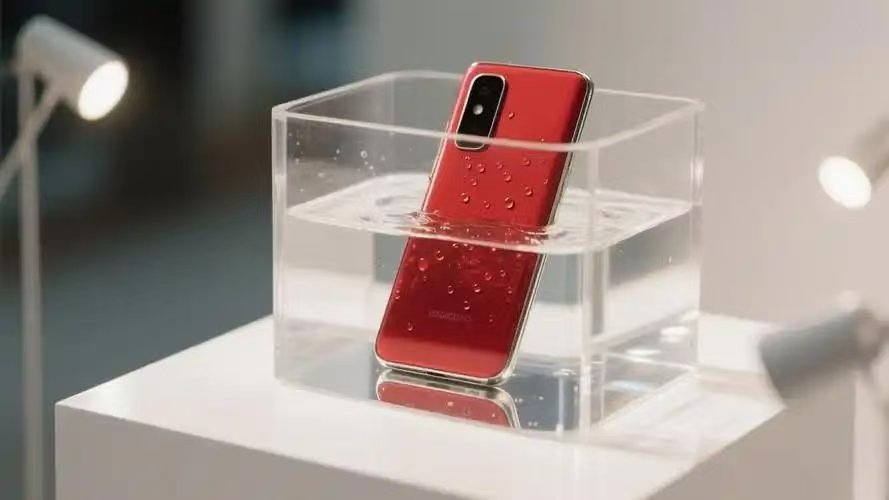Smart healthcare is transforming the medical landscape by integrating advanced IoT technologies to enable seamless interaction between patients, healthcare professionals, medical institutions, and medical devices. By leveraging data-driven insights and connectivity, smart healthcare aims to enhance diagnostic precision, improve patient care, and streamline medical services. With increasing population demands, smart technologies such as artificial intelligence (AI) and sensor technologies are becoming essential components of modern healthcare, fostering its growth and innovation.
In today’s rapidly evolving tech landscape, virtual reality (VR) devices are becoming an essential part of entertainment, learning, and work. However, during usage, especially during intense physical activities, users often sweat, which can pose a risk to VR devices. Here, we introduce a nano-coating solution with sweatproof and salt-fog resistance features to protect your VR devices from corrosion.
Introduction to Nano Coatings
Know how Nano Coatings Work and Their Functions
Optical Properties of Nano Coatings
Electromagnetic Properties of Nano Coatings
Waterproofing electronic products has long been a key challenge in product design. Adding waterproof functionality not only enhances the durability and lifespan of electronic devices but also broadens their usage scenarios, such as underwater photography or listening to music while swimming. The benefits are numerous, which is why waterproof materials and technologies for electronics have garnered widespread attention.
Today, the primary causes of premature “death” for smartphones are usually cracked screens and water damage. While cracked screens can be easily addressed with a protective case or screen insurance, water damage requires built-in hardware support, improving internal structures to provide a certain level of water resistance.





